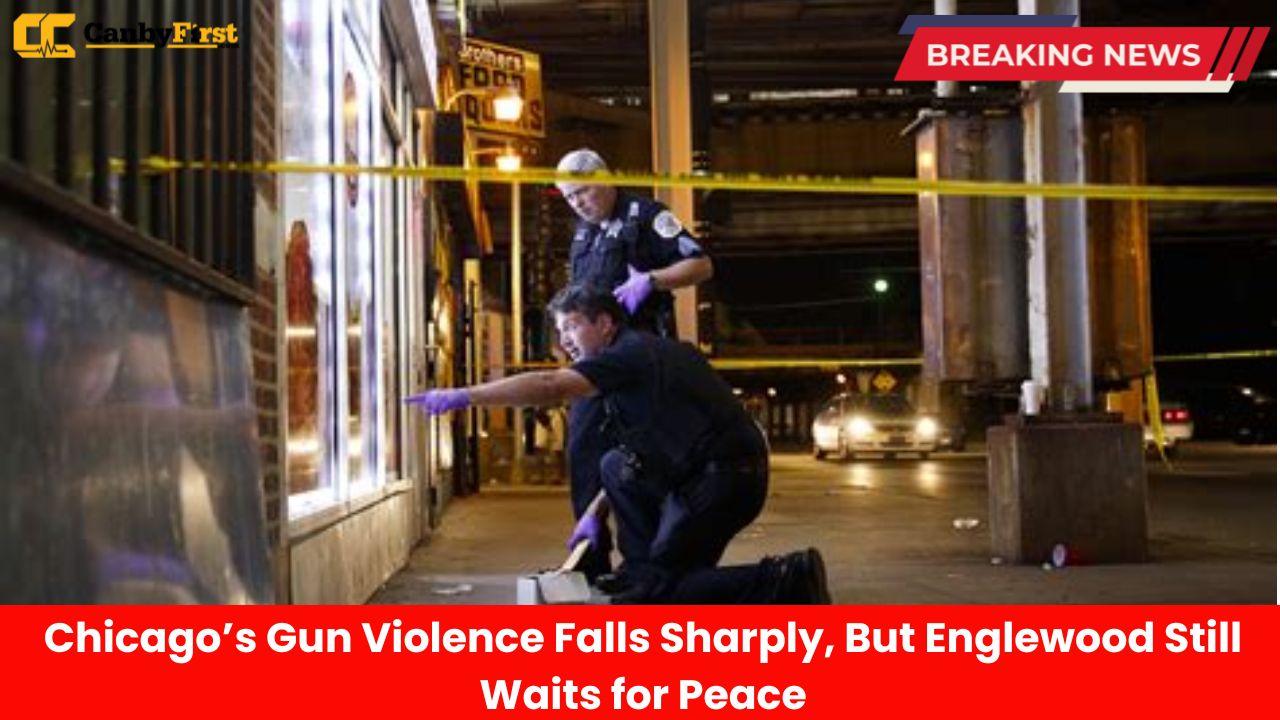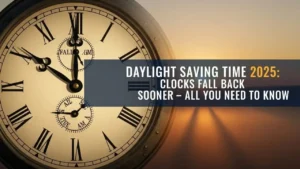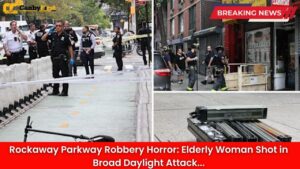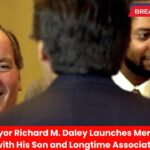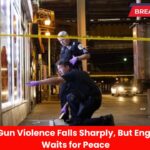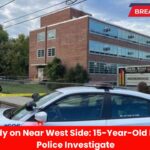Chicago, US:Across most parts of Chicago, the sound of gunfire that once echoed through city streets is slowly fading. Statistics show that gun violence has dropped to its lowest level in nearly a decade. Police officials credit community programs, better policing strategies, and expanded youth outreach for this remarkable turnaround. Yet in Englewood, one of the city’s most historically troubled neighborhoods, many residents say the progress feels distant.
Hope Beyond the Headlines
On the surface, Chicago seems to be healing. Shootings citywide have fallen by nearly 30 percent over the past two years, and homicide rates continue to decline. City leaders are optimistic, highlighting new initiatives like conflict mediation centers, job training hubs, and after-school youth mentorship programs. Mayor’s office representatives have called it a sign that the city is turning a major corner.
But take a short walk down Halsted Street in Englewood, and the contrast is hard to ignore. Vacant lots, burned-out apartment blocks, and murals honoring lost loved ones reveal another story. Residents here—many of whom have lost family members to gun violence—say the broader city’s success has not yet reached their doorsteps.
Also Read
One Neighborhood’s Harsh Reality
For 36-year-old Englewood resident Diane Hughes, each weekend feels like a test of endurance. Her teenage nephew was struck by stray gunfire last spring and is still recovering. She says that while things may be getting better in parts of the city, her corner of Chicago continues to live in fear.
“Politicians say gun violence is down, but they don’t come walk our streets. We still hear shots at night,” she says softly while watching children play near an abandoned playground.
According to Chicago Police District 7, which covers much of Englewood and West Englewood, shootings have decreased modestly but remain higher than in most other parts of the city. Many local advocates argue that decades of underinvestment, poverty, and limited opportunity have left the area vulnerable.
Why Englewood Struggles to Catch Up
Experts point to a combination of long-standing social and economic issues. Unemployment rates in Englewood are roughly double the city average. Schools face chronic budget shortages, and many young residents lack access to vocational programs or mental health support. That vacuum, community workers say, often pulls youth toward street gangs that promise belonging and income.
Antoine Reed, who leads a nonprofit mentorship group for young men in the area, believes the city’s success stories overlook critical factors. “You can’t just measure progress by numbers. Safety comes from trust, opportunity, and stability. Englewood hasn’t had enough of that,” he explains.
City Leaders Face New Pressure
Chicago’s police department acknowledges the uneven progress. Deputy superintendent Carla Jefferson said during a recent briefing that while homicides have declined citywide, several neighborhoods, including Englewood, Garfield Park, and Austin, still face persistent challenges. The department has deployed extra patrol units, surveillance technology, and violence prevention liaisons in these regions.
She adds that the goal isn’t only enforcement but engagement. “We know we can’t arrest our way out of this. Our mission is to partner with neighborhoods, not police them,” Jefferson noted.
City Hall has also pledged additional funding for mental health services, youth summer jobs, and neighborhood redevelopment projects. Yet for many community activists, change feels far too slow.
Community Efforts Carving a Path Forward
Despite the setbacks, Englewood is not standing still. A wave of grassroots movements is growing. Faith groups host peace marches every month. Local women’s organizations provide trauma counseling and safe spaces for victims. Street mentors mediate rival gangs, preventing conflicts from turning deadly.
One such program, “Englewood Rising,” runs job-readiness workshops for youth who have dropped out of school. The founder, a former teacher, believes that restoring hope is the first key to restoring peace. “When kids can dream again, the streets lose their grip,” she says.
The Human Side of the Crisis
The residents here live between fear and resilience. Families organize block parties to reclaim public spaces. Schools encourage art and poetry contests about peace. Even amidst the darkness, people cling to optimism. There is a growing sense that change is possible—if the city stays committed.
For single father Marcus Taylor, living in Englewood means never letting his guard down. He has seen friends lose children to bullets. Yet he refuses to give up on his home. “This neighborhood raised me,” he says. “We just need the same resources others are getting. Give us jobs, after-school programs, better housing—we can do the rest.”
Looking Toward a Fair Recovery
The question now for Chicago is whether recovery will be shared equally. Violence may be declining, but the emotional and structural wounds in Englewood run deep. Community leaders fear that unless investment reaches these hardest-hit areas, the city’s progress will remain fragile.
Analysts argue that the real victory will come when every neighborhood can celebrate safety—not just the ones with new developments and improved policing. That means sustained funding, transparency, and most importantly, genuine inclusion in planning decisions.
Conclusion
Gun violence in Chicago is undeniably dropping, signaling progress and renewed hope. But in Englewood, where grief still pulses through the streets, peace feels like a promise yet unkept. Until every corner of the city shares equally in safety and prosperity, the story of Chicago’s recovery will remain unfinished.

